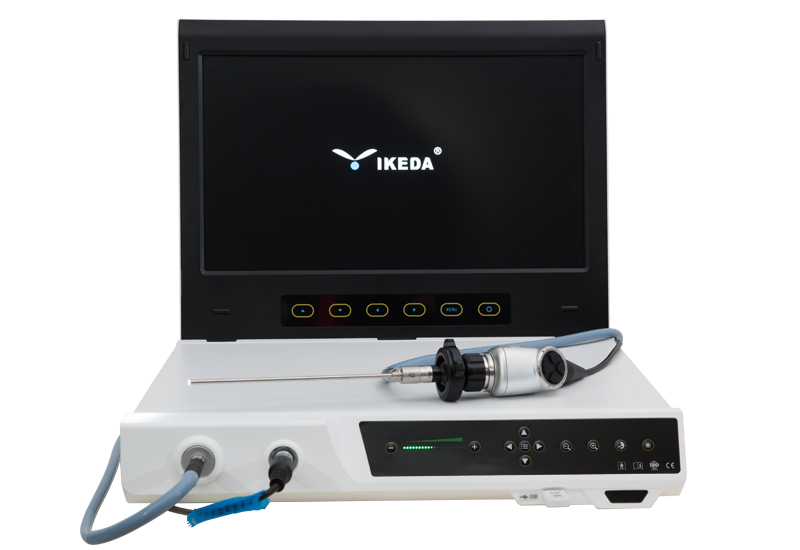Endoscope cameras are widely used in minimally invasive surgery clinical use. By adopting SONY's latest photosensitive chip to achieve unprecedented high resolution and provide true restoration of image color, it is easier to observe the patient's subtle lesions. Its high-quality light source and low Loss of digitally enlarged images can identify extremely small image details. The operation is very simple and can be used in the two processes of diagnosis and surgical treatment.

How Does An Endoscope Camera Work?The working principle of the endoscope camera:
The endoscope camera is connected to the endoscope through an optical interface, and the optical signal collected by the endoscope is converted into a digital signal, which is input to the image processing host, and then processed by the image processing host and output to the display for display.
The imaging principle of the endoscope camera:
The light emitted by the light source is transmitted to the human body through the main body of the endoscope through the transmission beam (optical fiber), and illuminates the part of the internal cavity tissue that needs to be inspected. The objective lens images the part to be inspected on the area CCD, and the CCD is controlled by the CCD drive circuit. Capture images and output standard video signals. The adjustment mechanism is used to adjust the observation angle of the front end of the endoscope, which can be adjusted up and down, left and right, and rotated.
The key components of the endoscopic camera system are the image processing host and the endoscopic camera.
The image processing host is the control center of the entire camera system, used to process the surgical video and images captured from the camera. The front panel of the image processing host is mainly composed of a power button, a camera interface, a USB interface, and a white balance button. The rear panel is mainly a variety of video output interfaces and control interfaces, such as monitor, keyboard, mouse, etc.
The endoscope camera is mainly used for video and image collection. It converts the image signal collected by the endoscope into an electrical signal through a sensor, and then transmits it to the image processing host through a cable for processing.